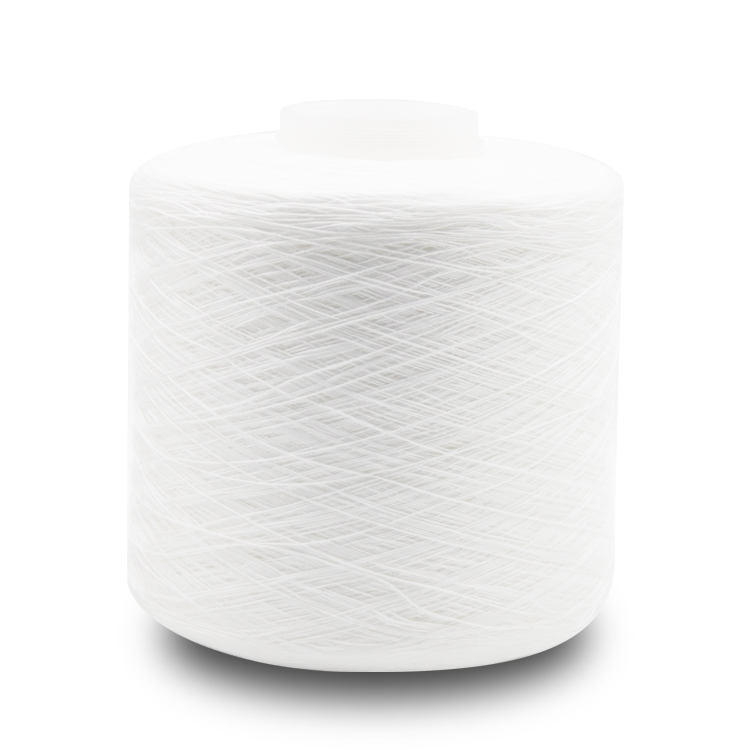
Analysis of the most complete yarn thread count defects(6)
(continued above)
(34) Contamination of drums
Appearance: During dyeing and finishing of cloth, when passing through a cylindrical device, the surface of the cloth is contaminated by the dirty surface of the cylinder, such as oil, chemicals, dyes and other contaminants.
The shape is mostly small, and there is a certain distance between the two contaminants.
Cause of formation:
1). Oil stain on the guide roller.
2). The rollers are sticky with tar-like deposits, or short fibers that fall off the fabric yarn thread.
3). The drying cylinder is sticky with oil stains and dirt.
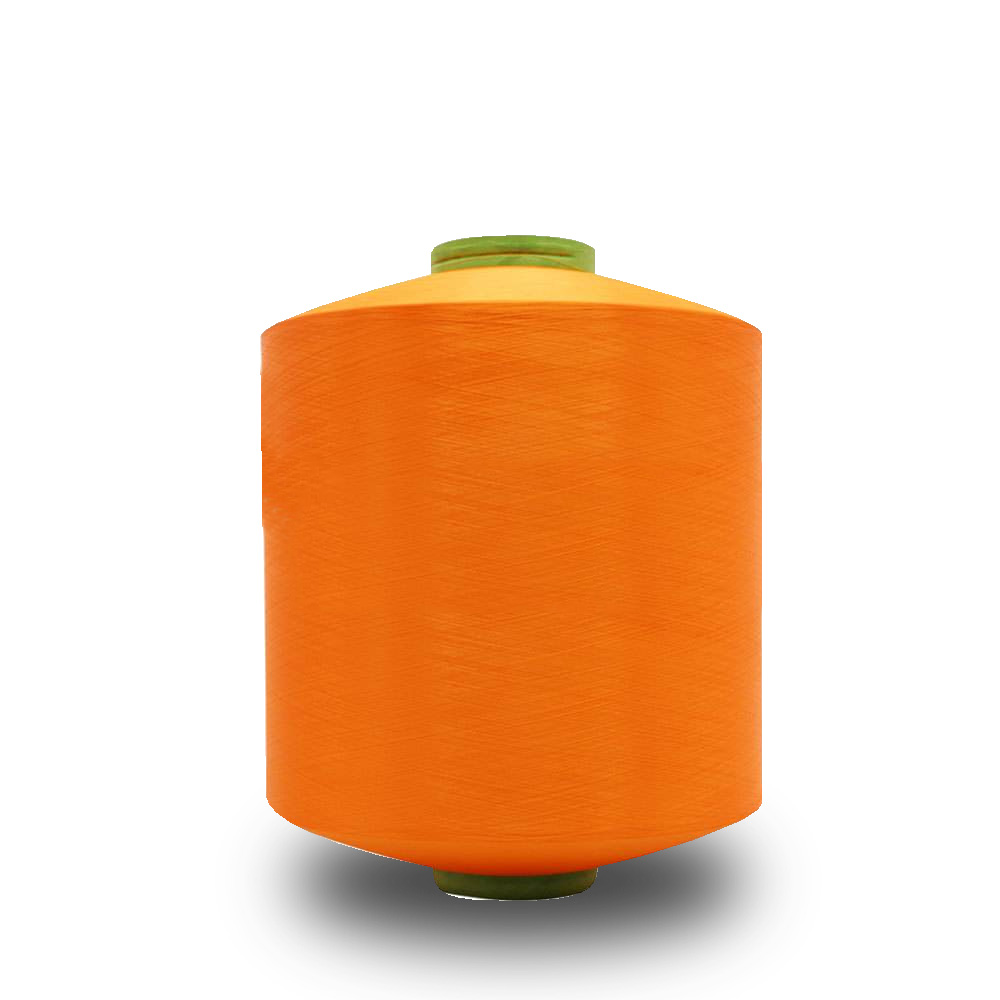
(35) Chemicals staining
Appearance: Fabric yarn thread surface is slightly discolored, contaminated or deteriorated.
Cause of formation: Formed by the infiltration of chemicals that should not be used into the fabric yarn thread.
(36) Dyeing stop mark
Appearance: Along the weft or transverse direction of the fabric yarn thread, there is a 2 cm wide mark, darker or lighter than the normal color, and the two sides are similar to watermarks.
Cause: In normal operation period, when the machine suddenly stops running due to power failure, coiling or other mechanical faults, the fabric yarn thread is clamped between two rollers, which occurs when dyeing or reducing fluid is pressed and sucked.
(37) Spot
Appearance: The finished fabrics have been packed. After opening, the fabrics yarn thread have deep spots of the same color.
Cause of formation: After dyeing and finishing, the fabric yarn thread is packed in sealed packaging.
The dyes and processors with weak wet fastness will cause the fabric yarn thread to move and form spots because of condensation of evaporating water vapor.
(38) blurred patterns
Appearance: Printed patterns and lines are not clear enough to make the pattern feel blurred.
Cause of formation: This kind of fabric yarn thread defect mostly occurs in roller printing. This defect can be caused by improper carving of printing drum and too low pressure of scraper.
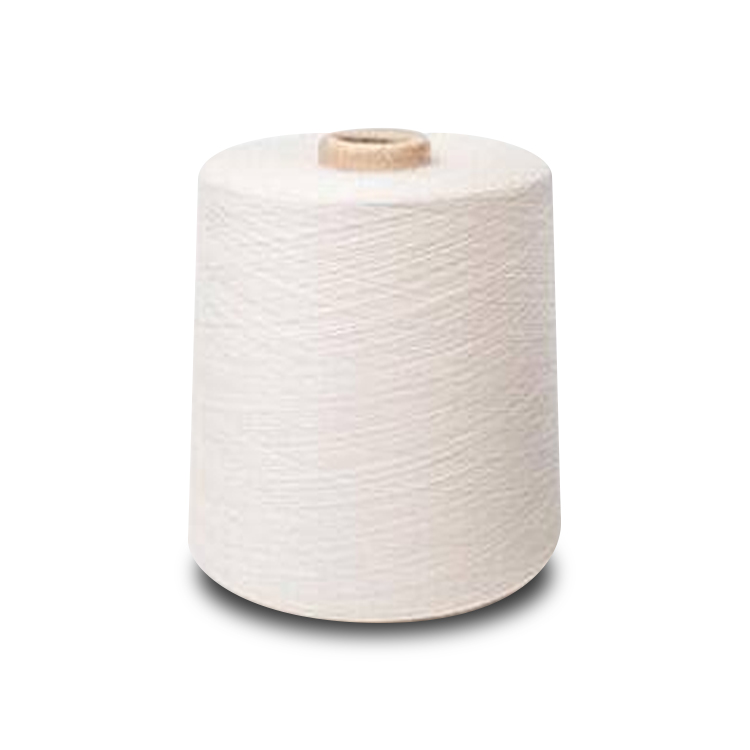
(39) Offset
Appearance: The pattern printed in two or more colors fails to conform to the original design, resulting in deviation or dew-white full-bottom printing.
Cause: When printing two or more color patterns, the position of the relationship between the plate and the plate can not be exactly aligned.
(40) Slurry shortage
Appearance: Some or all of the original design patterns have not been printed.
Causes of formation:
1). The printing paste in the pulp tank of the roller printing machine is exhausted, not added in time, or the automatic pulp feeding equipment is out of order.
2) Pump failure in rotary printing machine.
(41) Printing breakage
Appearance: Fine line pattern of yarn thread, pattern occasionally interrupted phenomenon.
Cause of formation:
1). Because the pattern of yarn thread is too fine, the depth of plate-making is not enough for rolla printing, and the pore prince of rotary plate, the printing paste is not easy to penetrate.
2) The consistency of the prepared printing paste is higher.
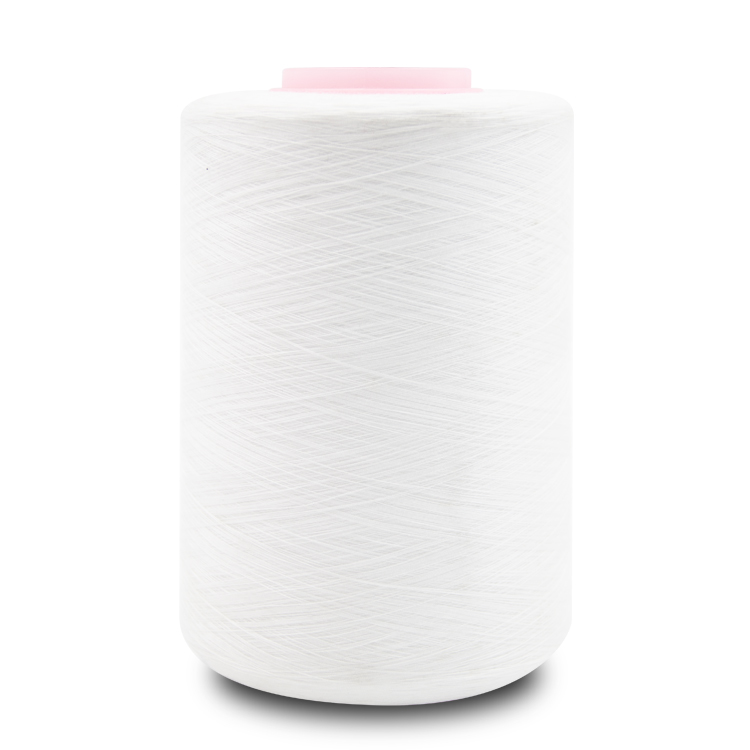
(42) Printing creases
Appearance: On the surface of printed fabrics yarn thread, there are no patterns in the area of shuttle or strip along the longitudinal or longitudinal direction.
Cause of formation: When printing, the fabric yarn thread surface folds and overlaps, and the covered part is not printed pattern.
(43) Plug edition
Appearance: On the surface of printed fabrics yarn thread, the pattern with small dot area can not be printed, or the pattern is exuded and synthesized into dots.
Cause of formation: Mostly occurs in the outline plate or rotary printing, the sticky block in the printing paste, attached to the printing plate, blocking the passage of the printing paste.
(44) Crossing
Appearance: Printed patterns are not sharp enough, there is a phenomenon of outward migration to patterns of yarn thread.
Cause of formation:
1) Inadequate consistency of printing paste.
2) Overlapping of two-color printing paste.
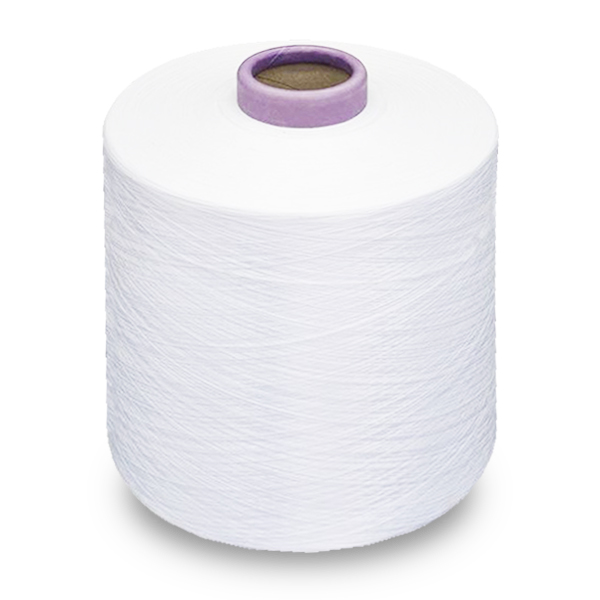
(45) Printing paste contamination of yarn thread
Appearance: Fabrics yarn thread printed on white background are contaminated by very small amount of printing paste, which occurs mostly in rolled fabrics yarn thread.
Cause of formation:
1). Printing roller has insufficient mirror surface and is easy to adhere to printing paste.
2) The scraper is not in good contact with the printing drum, or the scraper is not sharply grinded. Black or dark patterns on a white background are most likely to occur.
(46) Scraper fouling
Appearance: The warp or longitudinal direction of printed fabrics yarn thread has a single color mark with neat end and end. In the broader group, the central part was colorless, and gradually became shallow and disappeared from the deepest part to both sides.
Cause of formation: There are occasional cakes or clusters in the printing paste. Under the pressure of scraper of roller printing machine, they slide over the part of the printing cylinder.
(47) Printed yarn thread
Appearance: The pattern printed on the surface of a roller-printed fabric yarn thread, along the warp or longitudinal direction of the fabric yarn thread, prints one or more fine threads on non-printing drums.
Cause: Printing drum carving repair is not good, pattern groove edge is forced by scraper scraping and damage occurred. Or printing paste mixed with small hard debris, from the pattern of yarn thread groove to scratch the printing cylinder.
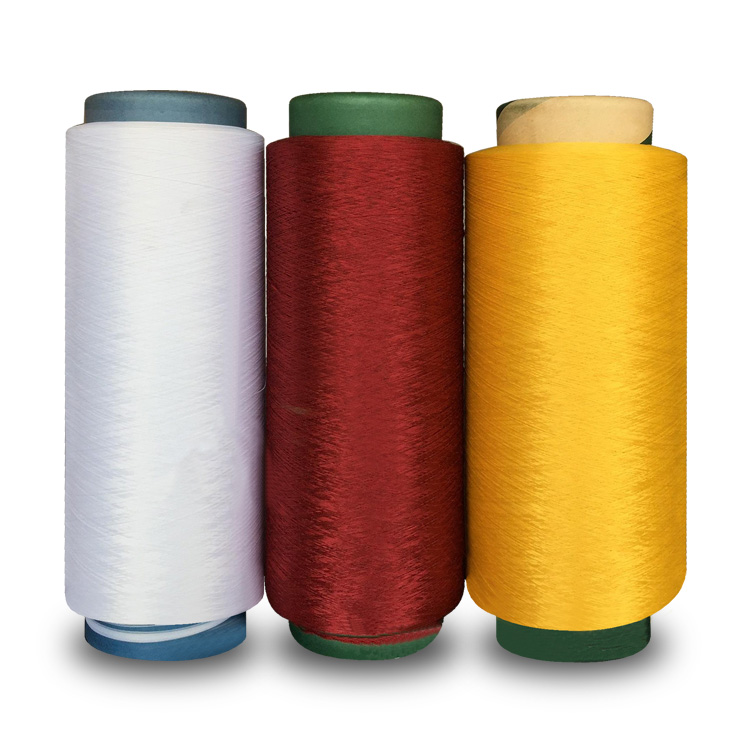
(48) Printing trailing
Appearance: Fabric yarn thread with dot pattern in roller printing, along the long side of the dot, there are traces of dragging, which make part of the lace not neat enough.
Cause of formation: too heavy pulping in printing. The tension between incoming and outgoing cloth is uneven. The wool area on the surface of the fabric exists on the scraper.
(49) Printing jump knife
Appearance: The pattern of printed fabrics yarn thread varies with the length of the fabrics and the shade of the colour is wavy.
Cause: The scraper installation and pressure of roller printing machine are not suitable.
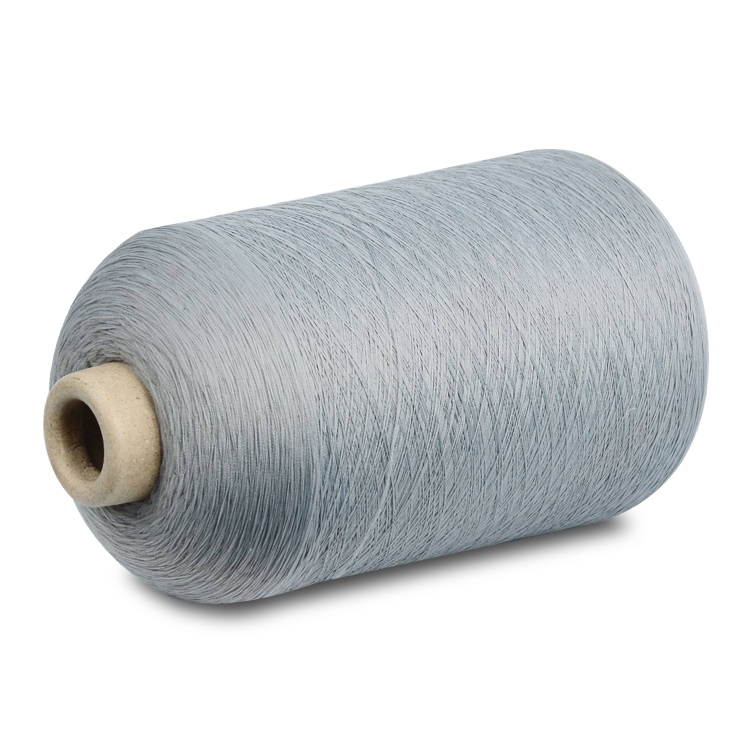
(50) Poor splicing
Appearance: The continuous pattern of printed fabrics yarn thread fails to connect exactly at the position where the plate spacing joins, and mostly occurs in standard printed fabrics yarn thread.
Causes of formation:
1). Bad plate-making of the outline plate used in printing.
2). Printing front plate distance can not be accurately controlled.
(51) Seam contamination of undercloth
Appearance: Printed fabric yarn thread pattern, along the width direction of the fabric, has a very vague pattern trace, but the degree of vagueness is not the same.
Cause of formation: The base cloth used in roller printing is circular, the seam is thicker due to overlap, and it is easy to absorb more moisture. After drying, it will still be wetter than the general cloth surface. When it overlaps with the printed fabric yarn thread, it will soak the printed fabric yarn thread, and the printed paste will permeate and diffuse.
(to be continued)




